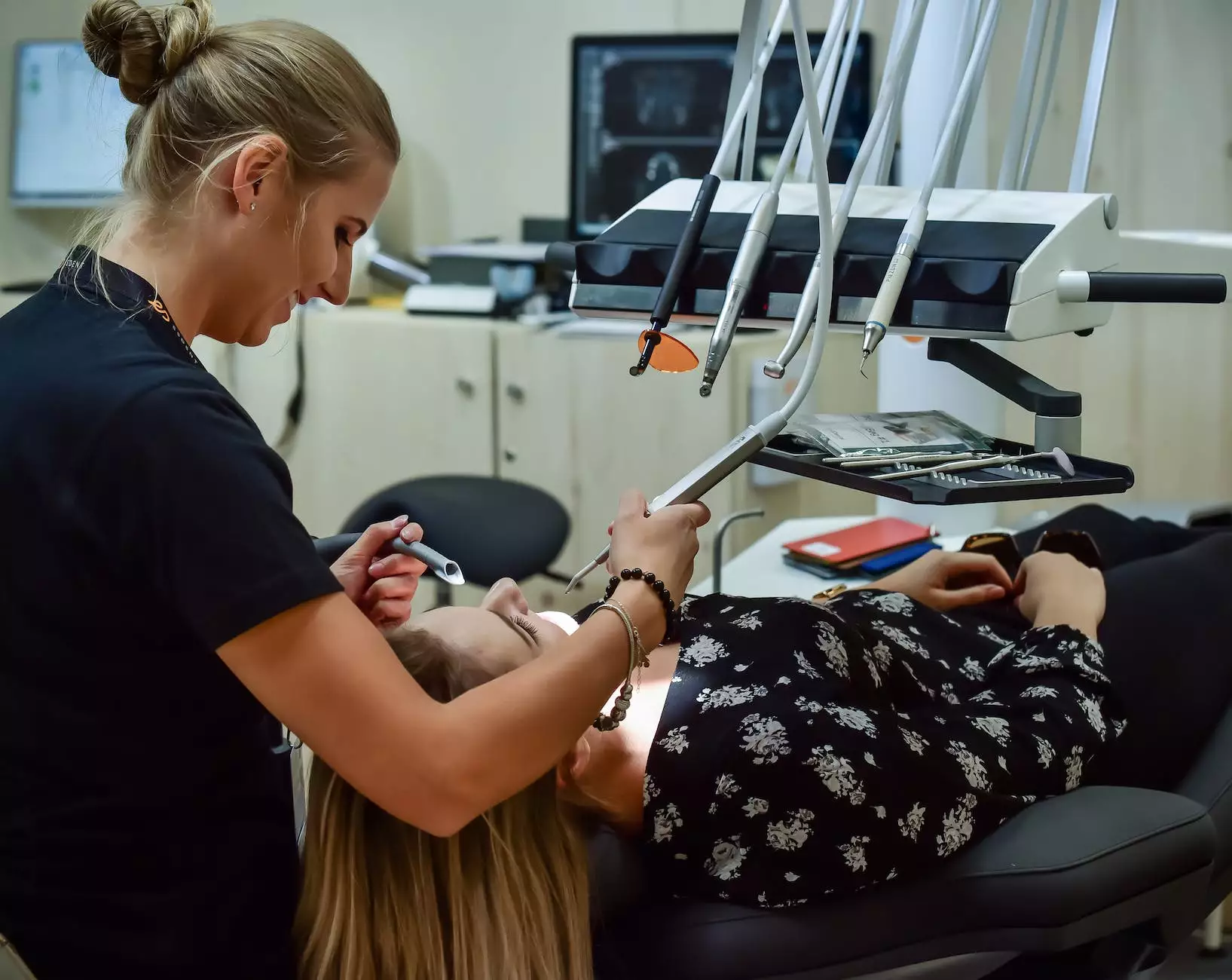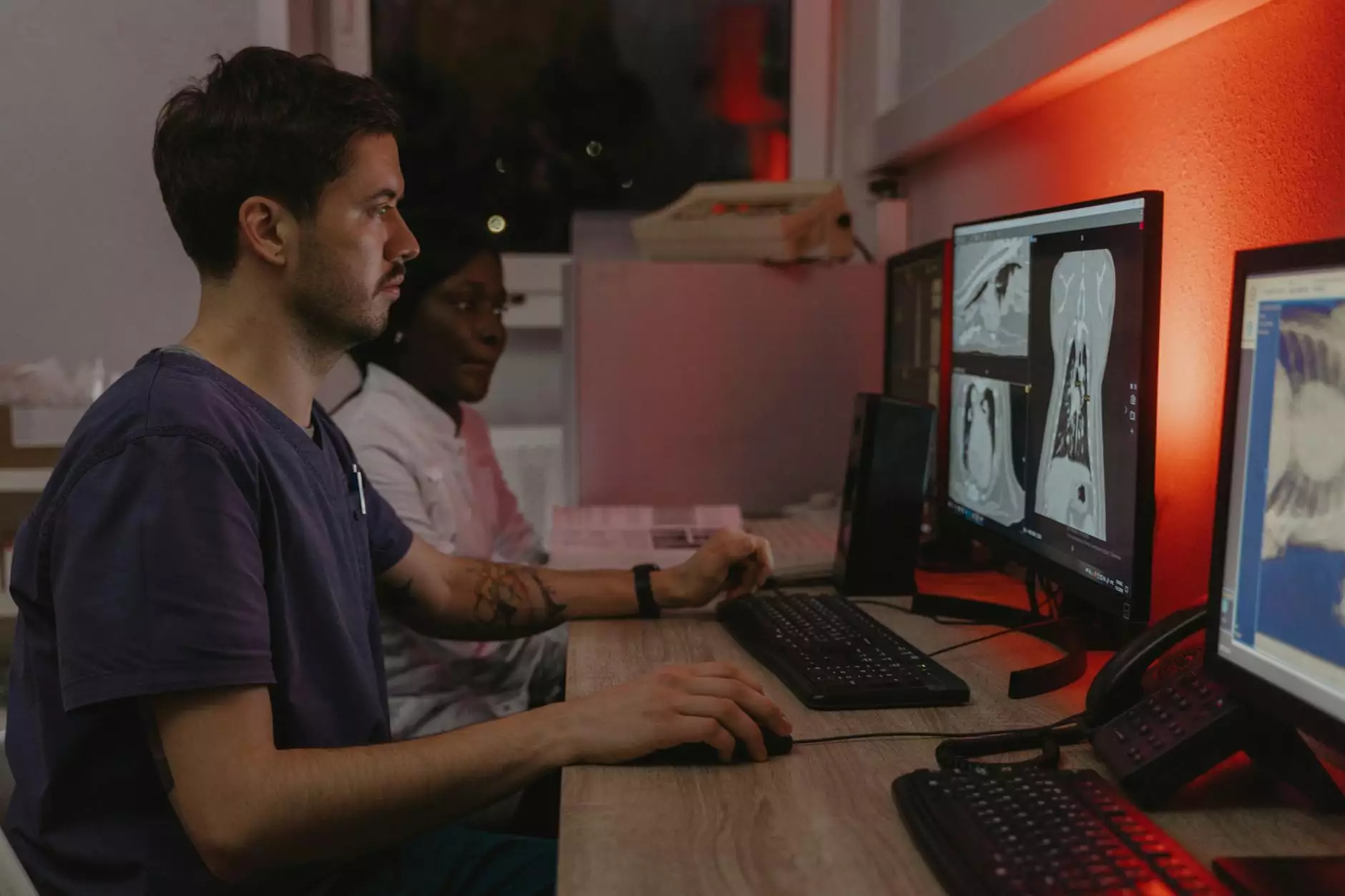How Gender Bias May Impact Treatment
Interventional Pain Management
Welcome to Pain Management Care, PC, your trusted source for pain management solutions. In this article, we will explore the topic of gender bias and its potential impacts on treatment outcomes. Our goal is to provide you with comprehensive information and studies related to gender bias in healthcare, empowering you to make informed decisions about your health.
Understanding Gender Bias in Healthcare
In today's world, gender equality is an essential concept, and it applies to all areas of life, including healthcare. However, gender bias can sometimes affect treatment options and outcomes, leading to disparities in patient care.
1. Diagnostic Bias
Diagnostic bias refers to the tendency of healthcare providers to diagnose and treat certain conditions differently in men and women. For example, studies have shown that women experiencing heart attack symptoms are often misdiagnosed or undertreated compared to men.
This diagnostic bias can delay proper treatment and negatively impact health outcomes for women. By raising awareness about this issue, we can work towards reducing gender disparities and ensuring equal access to timely and accurate diagnoses.
2. Treatment Bias
Another aspect of gender bias is the variation in treatment options offered to men and women. This can stem from a lack of research on gender-specific health conditions or simply because certain treatments have historically been developed and tested primarily on male populations.
For instance, hormonal differences between men and women can influence the effectiveness and side effects of medications. Understanding these differences and tailoring treatment plans accordingly can lead to better outcomes for patients of all genders.
Breaking the Gender Bias Barrier
Addressing gender bias in healthcare requires a multi-faceted approach involving healthcare professionals, researchers, policymakers, and patients. Here are some steps that can be taken to break the gender bias barrier:
1. Enhancing Awareness and Education
Training healthcare providers to recognize and address gender bias is crucial. By increasing awareness of this issue, we can foster a more inclusive and equitable healthcare system. Continuing education programs, conferences, and workshops focused on gender bias can help promote knowledge and understanding among healthcare professionals.
2. Collecting Gender-Disaggregated Data
In order to fully understand the impact of gender bias on healthcare, it is essential to collect data that is disaggregated by gender. This data can help identify disparities and guide evidence-based interventions. Additionally, it can contribute to the development of gender-specific guidelines and treatments.
3. Advocacy and Policy Change
Advocacy plays a crucial role in bringing about policy changes that address gender bias in healthcare. Patient advocacy groups, healthcare organizations, and policymakers can work together to develop and implement policies that promote gender equality in healthcare settings.
Conclusion
Gender bias in healthcare is a complex issue that requires our attention and action. By understanding the potential impacts of gender bias on treatment outcomes, we can work towards creating a more equitable healthcare system that ensures optimal care for all individuals, regardless of gender.
At Pain Management Care, PC, we are committed to providing evidence-based and inclusive care. Our team of experienced healthcare professionals prioritizes patient well-being and strives to overcome gender bias in all aspects of pain management.
For more information on gender bias in treatment and how it can impact healthcare, feel free to reach out to us or explore our website for additional resources.










